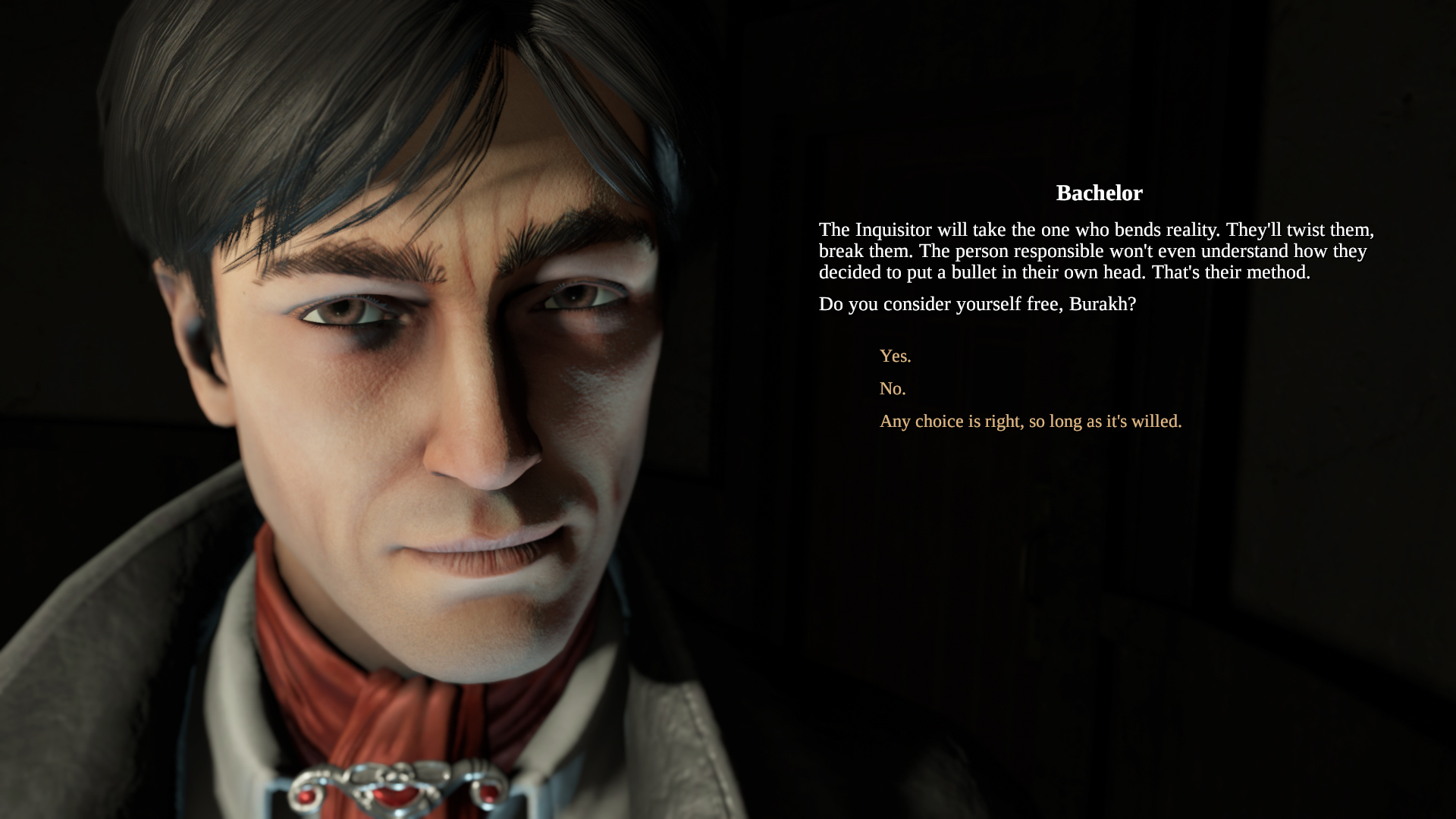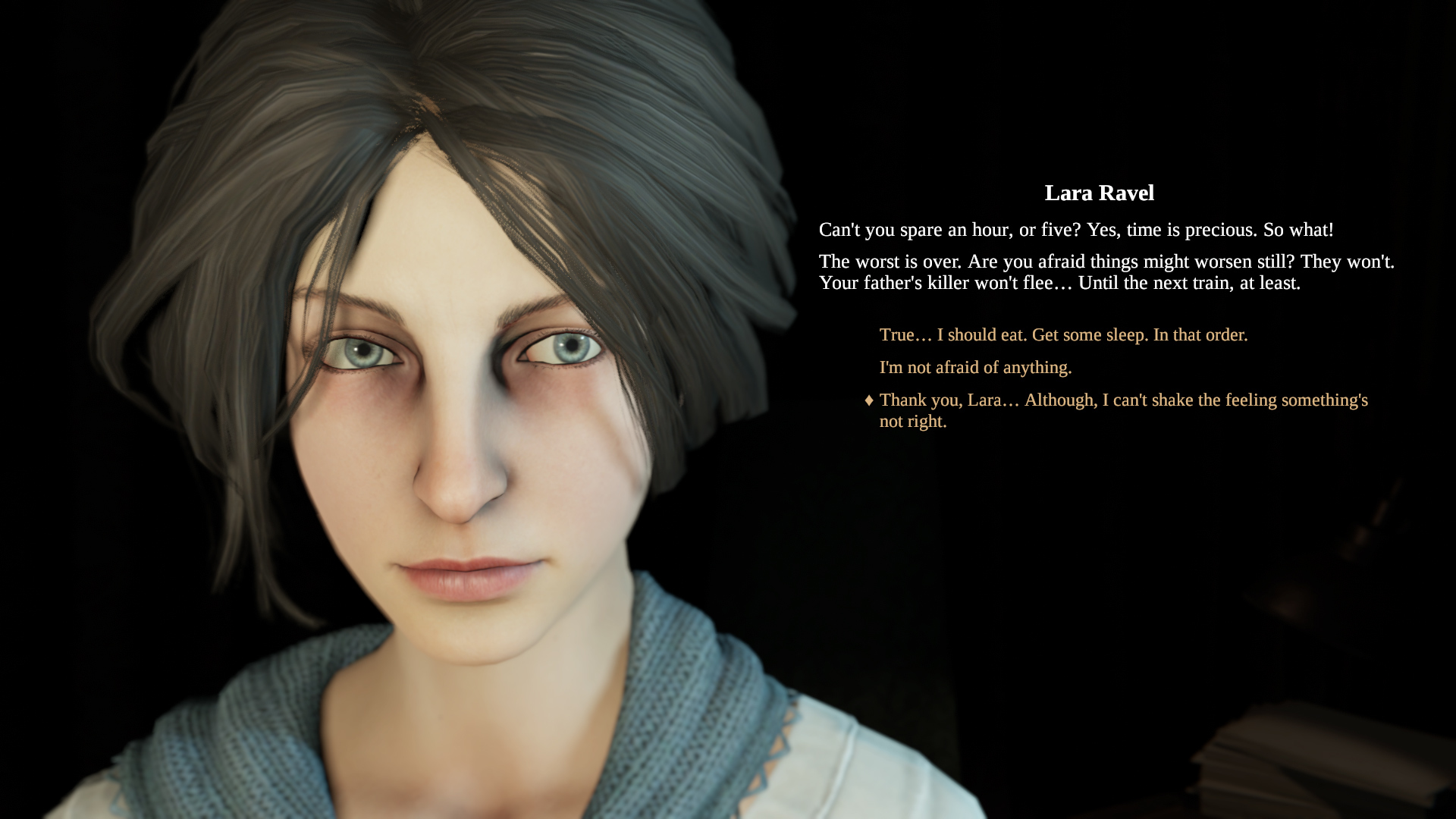Hello, everyone.
My name is Ka’ai Cluney. I’m the Creative Director at Hardsuit Labs – which means I’m responsible for the various design departments on all of our projects – and the Project Director on Bloodlines 2 (which I keep calling Project: Frasier, purely out of habit.) Tonight, I’d like to talk a bit about something we refer to as a game’s “Pillars”. It’s a big subject – covered by countless books spanning all types of businesses – but we’ll just focus on how we’ve used them in our decision-making process, and how they keep us honest in the face of updating such a beloved property.
Pillars are one way of focusing the entire team on what is important about a project; those elements that every person involved in that project needs to keep in mind. Pillars also play an important part through all phases of development, from the initial concept and pitch, through pre-production and production, and all the way into marketing and beyond.
In the initial concept and pitch phase, the development of the project’s Pillars themselves is a part of the process and serves as a way for us to distill a ton of ideas into a dram of information that best represents a project.
In pre-production and production – the bulk of the overall development effort – they serve as waypoints or beacons; if there are decisions that need to be made between two solid but contradictory design options, disagreements about priorities or direction, or any doubt as to whether we’re hitting the tone and feel that we’re aiming for, we evaluate them against our Pillars.
Pillars are also crucial for setting the right tone on the marketing campaign, and helping the marketing team to line up their messaging with our efforts.*
Now that we’ve touched on the ‘why’ and ‘how’, let’s get to the ‘what’. What are the Pillars of Bloodlines 2?
Be a Vampire: This sounds simple to the point of ridiculousness, but it goes deeper than feeding on humans and avoiding the sun. From the player’s perspective, there should always be a sense of supernatural power – even for a fledgling, or relatively weak vampire. Features and systems should always be evaluated against this; dialogue and interactions should always reflect this. The relationship between the player and citizens of Seattle should always be evaluated as a relationship between a hunter and prey, be it through feeding systems, combat, or dialogue. This also pertains to what might threaten a vampire. How do you scare a monster?
In a practical sense, “Be a Vampire” – among other things – guides our approach to how the player moves through the world, both in terms of player systems such as traversal, how we support those systems through level design, and how we communicate all of that to the player through other devices, such as Lighting or User Interface. A player that moves through the world unconventionally needs to learn how to read that world unconventionally, and a lot of effort is made to make sure the player really does start to think like, and be, a vampire.
Show the World of Darkness: The world of Bloodlines should always be informed by the nature of the World of Darkness – the hidden world that lurks under what most people consider the Real World. This should be reflected not only in the look and design of the environment, but in the personalities of its inhabitants, and in the nature and presentation of missions and events in the game. No one in the World of Darkness is interested in clearing a cellar of rats, or in collecting Werewolf pelts. There should be a constant and deepening sense of discovering more, of digging deeper.
A big part of this is visual, which I’ll leave to a later entry from Luke (Dodge, our Art Director,) because, trust me, I’m no artist. “Show the World of Darkness” goes much deeper than that, however, in a lot of ways that affect our approach to design. The foundation of the World of Darkness is Storytelling. A world that hits the mark visually needs to be filled with the characters, history, and small environmental touches that bring the World of Darkness to life, and those all need to reinforce the tone. Our Narrative Team, led by Brian, is constantly assessing and reevaluating everything from Character Design and Dialogue, to Quest Design, to the smallest details like shop signs, to make sure that we’re not just telling players about the World of Darkness – we’re filling it with as much Darkness as possible, and dropping them right in the middle of it to discover it themselves.
Reactivity and Player Choice: Players should always be faced with choices. Sometimes, they should be confronted with choices where there is no “right” thing to do, or times where they’re forced to choose between two equally unsavory options. As players make decisions, the world and gameplay experience must reflect these choices, be it through reactive dialogue, reactive story events, or even how players decide to build and grow their character. Players should never get the sense that they’re making a choice that will lessen the game experience, even if they made a “wrong” choice. Choice should always be acknowledged by the game, even if only in minor ways.
This applies directly to our decision-making process as well. For example, we decided early in development that every player build must have access to – though not necessarily equal ability in – powers that have applications for combat, dialogue, and traversal. This means that players who prefer combat characters can certainly build to their preference, but always have options as to how and when to deviate from that archetype. They may not be smooth talkers, but they can certainly try – and sometimes fail. There are often consequences for certain choices, and it’s not always obvious.
Be a True Descendent of Bloodlines: Bloodlines had its own voice – even within the overall World of Darkness. Players should immediately get the sense that they are re-entering that world, though in a different place and time. The tone of the narrative and dialogue, the balance between the familiar and the otherworldly, and the treatment of disturbing and mature subject matter (and the conscious decision to occasionally wink and nod at that subject matter,) are all crucial to maintaining that feel. Creative and aesthetic decisions should all be weighed against the question: “Is this Bloodlines?” We are exploring new territory outside of the original Bloodlines, but it must feel like an expansion of the original world.
Part of being a true descendent is – ideally – learning from the past, building on strengths and improving wherever possible. For us, it’s not enough to “do it like Bloodlines”. In some cases, we need to understand why it was done, and what was great about it, so that we can extrapolate that out to other systems and elements of the game. For example, alignment with various factions, loyalty, and betrayal played heavily into the ending of the original game. We wanted to go further, and make sure that those elements are pulled as far forward as possible, so that they figure more heavily into the early game. We then make a point of challenging those loyalties, and providing opportunities for betrayal as often as possible, which has even wider implications at the end.
Let’s be clear: Good Pillars don’t make a good game. They are one tool in a vast array of tools that all must be brought to bear on a game of this scope, with this much of a history, and with this fervent of a following. The important thing is that they act as a reliable foundation that guides the decision-making process, and gives us a better chance of delivering something that can stand up to the title “Bloodlines 2”
As for the other tools in the toolbox, we’ll be hearing from more of the development team about those.
Until then…
-K
---
* …or something, I guess. Marketing frightens and confuses me. Want to see a real World of Darkness? Sit in a marketing meeting – shudders up and down the spine, y’all.





















 forum.
forum.



